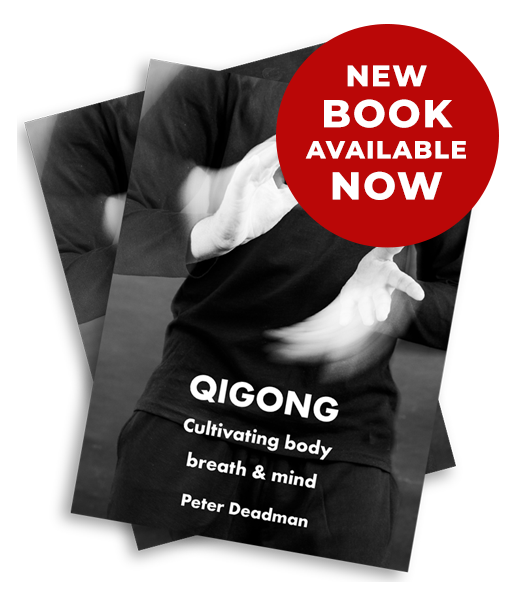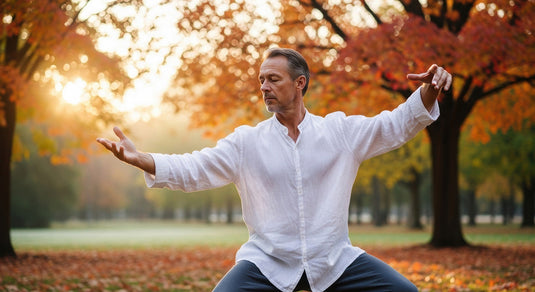One common feature of traditional practices such as yoga, tai chi, qigong etc. is their emphasis on slow, deep, lower abdominal breathing, with extraordinary claims made about its powerful effects.
For example Yuan Hao in 15th century China simply said, “A day and a night of regulated breathing can [reverse] twenty years of chronic illness.”
What is special about breathing is that (like the heartbeat or digestion) it is an autonomic function – in other words we can spend the entire day quite unaware of our breath which carries on perfectly well without our attention. But unlike the heart or digestion, breathing is also under our conscious control, and when we deliberately practice slow, deep breathing, all kinds of wonderful things happen to our bodies and minds.
I gave a talk (now on YouTube) on this subject a few weeks ago, with lots of detail about the traditional Chinese health cultivation approach to breathing as well as the science behind slow breathing.
It would take too long to cover it all in this blog and I do recommend spending what I think will be a useful hour watching it. But I would like to say a few words about one of the key effects of slow breathing, and that is its effect on the autonomic nervous system (ANS).
The ANS has two branches – the yang sympathetic and the yin parasympathetic. The sympathetic is often called the ‘fight or flight’ branch. It is part of our evolutionary defence system and kicks in at times of threat. Heart rate, breathing rate and blood pressure go up, blood vessels constrict, muscles tense, and our pupils widen – all to prepare us to flee or face the danger. The sympathetic is also activated when we are experiencing stress or when we deliberately choose to thrill ourselves, for example doing challenging activities, or watching exciting football matches or thriller movies. Once the threat or stimulus is over, we should return to a relaxed state. Many problems arise, however, when the sympathetic becomes over activated. So many of us suffer from almost permanent sympathetic activation with high levels of ongoing stress, anxiety, insomnia, fear, worry, feelings of sustained threat, raised heart rate and blood pressure, defensiveness, depression, inflexibility, poor judgement, poor reasoning, anger, inability to concentrate etc. And once locked in to this default sympathetic state, it can be hard to change out of it.
Sometimes compared to the gas pedal in a car, sympathetic activation burns energy in cells and if it is chronically activated, it can also lead to inflammation (with consequent cell damage from free radicals and the development of many chronic diseases), and inability of the parasympathetic to restore energy to cells and repair them (leading to exhaustion).
The yin parasympathetic, by contrast, is the ‘rest/relax/digest’ branch of the ANS. In this state, blood vessels relax and dilate, heart rate and blood pressure reduce, and the immune system is enhanced. Cell energy reserves are restored, and anti-inflammatory pathways are activated to counter the inflammatory effects of sympathetic dominance. Alongside calming and relaxing of the body comes a host of other responses such as increased feelings of trust, safety, closeness and affection.
Large numbers of people turn to medication to deal with chronic sympathetic activation. However, most of these drugs only dampen down the sympathetic nervous system while doing nothing to activate the parasympathetic. Alternatives are badly needed.
Luckily, there are a number of ways to activate the parasympathetic branch, including meditation, muscle relaxation, rhythmic muscle lengthening and releasing, warm and intimate communication etc. But the simplest, quickest and most effective method is to breathe slowly and deeply (down to the lower abdomen). Practised for at least ten minutes a day (more than once a day if necessary) – either alone or as part of our yoga, qigong or other training – we can slowly learn to dwell in calm, relaxed states.
To find out more about how slow, deep breathing works, the video is available here.





